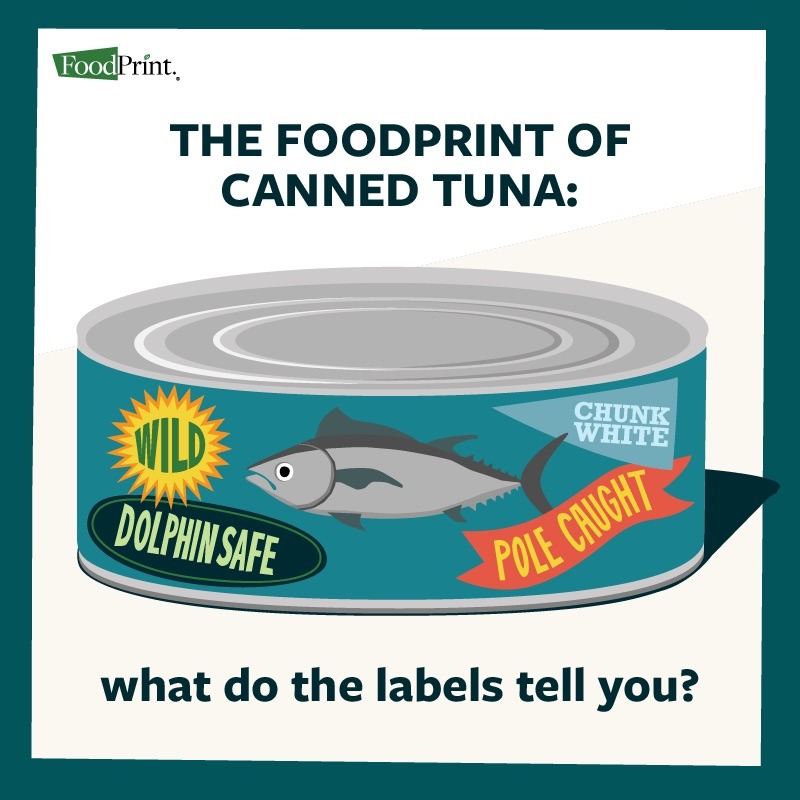

Bonito is also sometimes confused with little tunny.

They are found throughout the Pacific and Atlantic, and often have different names to differentiate the two (Pacific Bonito and Atlantic Bonito), although the only real differences are size and coloration. Bonito are small fish, rarely growing more than a foot long and weighing not much more than 12 pounds. It has a long, thin body with striped lines down its back. The bonito looks and acts more like mackerel than tuna. Bluefin sashimi (raw tuna fillets) are very popular in Asian markets some in Japan willing to pay extremely high prices. Bluefins are pelagic fish that can grow into monster-size fish, some weighing more than 1,000 pounds. Many anglers will troll a variety of live bait for tuna, such as cod, bluefish, mackerel, whiting, and herring. Bluefinīluefin tuna is typically what comes to mind when someone mentions “tuna.” They are a prized gamefish for anglers throughout the Pacific and Atlantic Oceans. Once caught, blackfin tuna are also great bait to entice larger pelagic tuna and billfish to your line. They put up a strong fight and make for great table fare if prepared properly. Blackfin are also commonly caught while trolling live bait and artificial lures. They have the typical oval-shaped tuna body with distinct dark coloring along the top. They are found throughout the western Atlantic, from Boston to Brazil. Blackfinīlackfin tuna are the smallest tuna in the Thunnini family they average 3 feet long and 45 pounds. Bigeye tuna can grow to more than 7 feet long and weigh as much as 400 pounds. They are found throughout the Pacific and Atlantic Oceans, although they are in danger of being overfished in the Atlantic. They also have a distinctly larger eye than the yellowfin, hence the name. Bigeye are often confused with yellowfin tuna, but have less yellow on their sides and a darker blue across their top. BigeyeĪ very popular fish in the Western Pacific, bigeye tuna is one of two species known as “ahi” (the other is yellowfin tuna). Albacore are also known as “the chicken of the sea” due to its white-colored meat most canned tuna found in U.S. Fishermen and women catch albacore by trolling live bait such as anchovies and sardines, but also find success using wooden plugs and other artificial lures. Found throughout the Pacific Ocean, albacore are extremely popular in California, Oregon, Washington, and British Columbia. AlbacoreĪlbacore tuna have the longest pectoral fins of any tuna, a distinguishing attribute to set it apart from other tunas. Keep reading to find more information about all the different types of tuna. Sardini are more mackerel-like and include dogtooth tuna and several smaller bonitos. Thunnini, considered the “true tunas”, includes albacore, skipjack, blackfin, little tunny, yellowfin, and all three species of bluefin tuna. Often split into two tribes: Thunnini and Sardini.


 0 kommentar(er)
0 kommentar(er)
